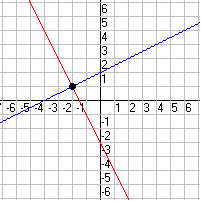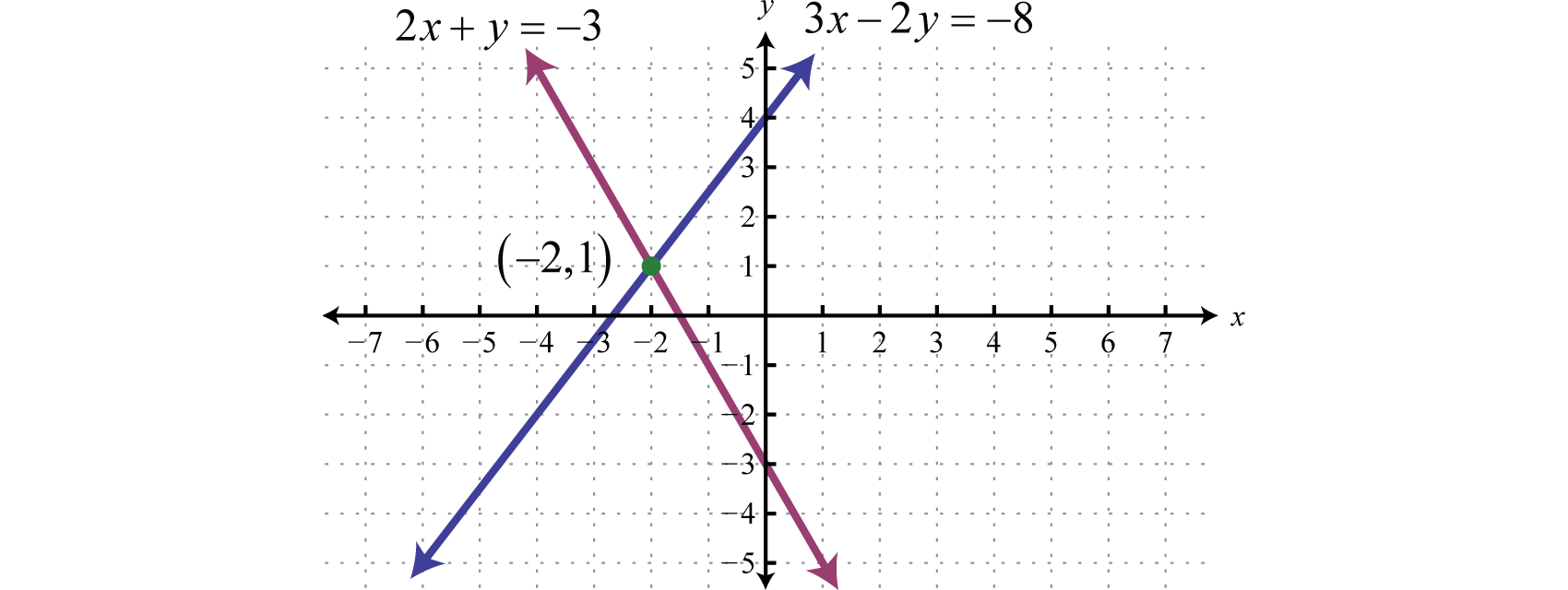
All solutions to the system lie on this line. (Notice that both of the original equations reduce to 2x + 5y = 8. The first equation tells you that the value of y in terms of x is x + 3. The system has an infinite number of solutions. When a system of equations is simple, the easiest way to solve it is by substitution. If both variables drop out and the resulting expression is true, then the system is dependent and has infinite solutions. If the resulting expression is not true, then the system is inconsistent and has no solution. In some circumstances, both variables will drop out when adding the equations. It will result in an equation whereby the x values can be eliminated through addition. Multiplying the equation by the same number on both sides does not change the value of the equation. For example, consider the system of equations below:īoth sides of the second equation above could be multiplied by −3. It may be necessary to multiply one or both of the equations in the system by a constant in order to obtain a variable that can be eliminated by addition. A check in both equations will show that (5, −2) is a solution. Identify the ordered pair that is the solution. Substitute x = 5 into either of the original equations to find y. Once one variable is found, it can be substituted into either of the original equations to find the other variable.įind the solution to the system of equations by using the elimination method. The resulting sum will contain a single variable that can then be identified. The aim of using the elimination method is to have one variable cancel out.

A check using x = 3 and y = 5 in both equations will show that the solution is the ordered pair (3, 5).Īnother way to solve a system of equations is by using the elimination method. Then, substitute y = 5 into your rewritten equation to find x. Next, substitute (−3 y + 18) in for x into the other equation. Solve the following system of equations by substitution. The solution to the system of equations is always an ordered pair. Then replace that variable in the other equation with the terms you deemed equal and solve for the other variable, y. To solve a system of equations by substitution, solve one of the equations for a variable, for example x. When an exact solution is necessary, the system should be solved algebraically, either by substitution or by elimination.

At times the point of intersection will need to be estimated on the graph. Graph each line and determine where they cross.Ī graphic solution to a system of equations is only as accurate as the scale of the paper or precision of the lines. Solve the system of equations graphically. This is an example of a dependent system of equations. Two equations that actually are the same line have an infinite number of solutions. An inconsistent system of equations has no solution. They are an example of an inconsistent system of equations. They have the same slope and different y-intercepts. The place(s) where they cross are the solution(s) to the system. Lines that cross at a point (or points) are defined as a consistent system of equations. The solution is the ordered pair(s) common to all lines in the system when the lines are graphed. The solution to a system of linear equations is the ordered pair (or pairs) that satisfies all equations in the system. In this case, the number of variables that symvar finds is equal to the number of equations eqns.

If you do not specify vars, solve uses symvar to find the variables to solve for. There are three ways to solve a system of linear equations: graphing, substitution, and elimination. Y solve (eqns,vars) solves the system of equations eqns for the variables vars and returns a structure that contains the solutions. Textbook content produced by OpenStax is licensed under a Creative Commons Attribution License. We recommend using aĪuthors: Lynn Marecek, Andrea Honeycutt Mathis Use the information below to generate a citation. Then you must include on every digital page view the following attribution: If you are redistributing all or part of this book in a digital format, Then you must include on every physical page the following attribution: If you are redistributing all or part of this book in a print format, Want to cite, share, or modify this book? This book uses the


 0 kommentar(er)
0 kommentar(er)
